Did you know that Spanish cuisine is renowned for its vibrant flavors and rich culinary heritage? But here’s a surprising fact: traditional Spanish vegetables are also a true delight, offering a wide range of flavors, textures, and culinary possibilities. From the colorful displays at Spanish food markets to the vegetable-focused dishes served in Spanish households, vegetables play a significant role in Spanish gastronomy.
In this article, we will dive into the delicious world of Spanish vegetables, sharing delightful recipes and preparation tips that you can try in your own kitchen. Get ready to discover the flavors of traditional Spanish vegetables and bring a taste of Spain to your table.
Key Takeaways:
- Spanish cuisine is known for its vibrant flavors and rich culinary heritage.
- Traditional Spanish vegetables offer a wide range of flavors, textures, and culinary possibilities.
- From the colorful displays at Spanish food markets to the vegetable-focused dishes served in Spanish households, vegetables play a significant role in Spanish gastronomy.
- Discover delightful recipes and preparation tips to bring the flavors of traditional Spanish vegetables to your kitchen.
The Rich History of Spanish Vegetable Cookery
Spanish vegetable cookery has a rich and wonderful history. The fertile soils and diverse climates of Spain contribute to the country’s vegetable superpower status. Each region in Spain has its own traditional vegetable dishes, showcasing the unique flavors and cooking techniques of that area.
Historically, vegetables in Spain were often associated with home cookery, while restaurant menus focused more on meat, fish, and dairy dishes.
Vegetarian and vegan travelers in Spain traditionally faced some challenges when it came to finding plant-based options. However, in recent years, the culinary scene in Spain has evolved, and plant-based diets are becoming more popular. Plant-based restaurants can now be found in many cities, and even conventional eateries often offer vegan options on their menus. Spanish vegetable cookery is gaining recognition and appreciation, making it a delightful and accessible choice for all types of eaters.
So, let’s dive deeper into the rich history of Spanish vegetable cookery and explore the delicious world of Spanish vegetables.
Exploring Spanish Vegetable Markets
Spanish vegetable markets are a feast for the senses. From the bustling Mercat Central in Valencia to the vibrant La Concepció in Barcelona, these markets offer a dazzling display of fresh and colorful vegetables. Spaniards take great pride in the quality and variety of their produce, with each market showcasing the best of what the region has to offer. From giant Swiss chard with ivory-white stems to baby broad beans still in their pods, the vegetable section of a Spanish produce market is a true carnival of colors and freshness. The abundance of fresh vegetables in Spanish markets is a testament to the country’s vegetable superpower status and the importance of vegetables in Spanish cuisine.
| Market Name | Location | Specialties |
|---|---|---|
| Mercat Central | Valencia | Pimientos de Padrón, Tomates de València |
| La Boqueria | Barcelona | Calçots, Fresh Olives |
| El Rastro | Madrid | Artichokes, Asparagus |
| Mercado de San Miguel | Madrid | Padrón Peppers, Gazpacho |
Why Spanish Vegetable Markets Are a Must-Visit
- The vibrant atmosphere: Spanish vegetable markets are buzzing with energy and excitement. The stalls are filled with passionate vendors, eager to showcase their bountiful harvest.
- The variety of produce: Whether you’re looking for common vegetables or rare finds, Spanish markets have it all. From familiar favorites like tomatoes and peppers to unique offerings like purple cauliflower or Romanesco broccoli, you’re sure to discover something new.
- The sensory experience: The colors, aromas, and textures in Spanish vegetable markets are a delightful sensory overload. The vibrant hues of fruits and vegetables, the earthy scent of freshly picked herbs, and the crispness of the produce create an immersive experience.
- The opportunity to support local farmers: By shopping at Spanish vegetable markets, you’re directly supporting local farmers and producers. You can trust that the produce is fresh, seasonal, and grown with care.
Traditional Spanish Vegetable Dishes
When it comes to traditional Spanish vegetable dishes, the culinary landscape is as diverse as the regions they come from. Spaniards take great pride in their local produce, resulting in a rich tapestry of flavors and culinary traditions that vary from region to region. From comforting stews to vibrant salads, Spanish vegetable cookery offers something for every palate.
Let’s take a culinary tour of some iconic traditional Spanish vegetable dishes:
1. Menestra de Verduras
“Menestra de Verduras is a classic Spanish dish that showcases a medley of spring vegetables. It’s a delightful harmony of flavors and textures, featuring seasonal vegetables such as artichokes, peas, asparagus, and carrots. This hearty dish is typically cooked in a flavorful broth and often enjoyed as a side or main course.”
2. Esparragao
“Esparragao is a rustic and comforting cabbage and potato stew that hails from the region of Extremadura. It is a perfect example of traditional Spanish vegetable cookery, combining humble ingredients with robust flavors. This hearty stew is perfect for chilly days and showcases the versatility of vegetables in creating satisfying and delicious dishes.”
3. Pisto
“Pisto is a classic Spanish vegetable medley that is similar to the French ratatouille. It’s a versatile dish that can be enjoyed on its own, served as a side, or used as a filling in sandwiches or tortillas. Pisto typically consists of sautéed onions, bell peppers, zucchini, tomatoes, and eggplant. The vegetables are cooked until tender and seasoned with herbs and spices for a burst of flavor.”
These are just a few examples of the delicious traditional Spanish vegetable dishes that you can savor. The diversity of regional specialties ensures that there is always something new to discover and enjoy.
Here’s a table showcasing some traditional Spanish vegetable dishes and their respective regions:
| Dish | Region |
|---|---|
| Menestra de Verduras | Aragon |
| Romesco | Catalonia |
| Pisto | Castilla-La Mancha |
Simple and Delicious Spanish Vegetable Recipes
Spanish vegetable recipes are a culinary delight that combines simplicity with fresh ingredients. These recipes highlight the natural flavors of vegetables, allowing them to shine through in every bite. Whether you’re a vegetarian, a plant-based eater, or simply someone who enjoys nutritious and flavorful food, Spanish vegetable recipes offer a wide range of options to tantalize your taste buds.
Here are a few classic Spanish vegetable recipes that you can easily prepare in your own kitchen:
-
Patatas Bravas
Craving some crispy and flavorful potatoes? Patatas Bravas is a popular dish that features crispy fried potato cubes topped with a spicy tomato sauce and creamy aioli. The combination of textures and bold flavors makes it a perfect appetizer or side dish.
-
Ensaladilla Rusa
If you’re looking for a refreshing salad, Ensaladilla Rusa is a must-try. This chilled potato salad combines boiled potatoes, peas, carrots, and mayonnaise, creating a creamy and satisfying dish that is perfect for warm summer days.
-
Pimientos del Padrón
Bring a taste of Spain to your table with Pimientos del Padrón. These Spanish-style blistered peppers are sautéed until they blister and then sprinkled with sea salt. They make a delicious and addictive snack or appetizer that pairs well with a glass of wine.
-
Escalivada
For a simple and flavorful vegetable side dish, try Escalivada. This Catalan specialty features grilled vegetables such as eggplant, red bell peppers, and onions, drizzled with olive oil and garlic. It’s a versatile dish that can be enjoyed on its own or as a topping for bread or as part of a salad.
These recipes are just a taste of the wide variety of Spanish vegetable dishes available. With fresh Spanish vegetables as your main ingredients, you can explore countless possibilities and create delicious meals that showcase the vibrant flavors and culinary heritage of Spain.
So, why not embark on a culinary journey and bring the flavors of Spanish cuisine to your table? With these simple and delicious vegetable recipes, you can enjoy the taste of Spain right in your own home.
Seasonal Eating in Spain
Seasonality is key in Spanish cuisine, and this extends to vegetables as well. Spaniards value eating fresh and in-season produce, which ensures the best flavors and nutritional benefits. In the summer months, the focus shifts to refreshing cold soups and grilled vegetables, such as the Catalan escalivada. As the seasons change, so do the vegetable offerings, allowing for a varied and ever-changing culinary experience. In Spain, eating with the seasons is not only a way to enjoy the best flavors, but it also connects people with the land and the agricultural traditions that have shaped Spanish cuisine for centuries.
| Season | Featured Spanish Vegetables | Popular Seasonal Spanish Vegetable Dishes |
|---|---|---|
| Spring | Asparagus, artichokes, peas, garlic, leeks | Menestra de Verduras (spring vegetable medley), Tortilla de Espárragos (asparagus omelette) |
| Summer | Tomatoes, peppers, zucchini, eggplant, cucumbers | Gazpacho (chilled tomato soup), Escalivada (grilled vegetable platter) |
| Fall | Pumpkins, mushrooms, kale, chard, beets | Crema de Calabaza (pumpkin soup), Setas a la Plancha (grilled mushrooms) |
| Winter | Cauliflower, cabbage, turnips, Brussels sprouts | Coliflor al Ajillo (garlic roasted cauliflower), Carne Guisada con Repollo (stewed meat with cabbage) |
Spanish cuisine beautifully combines seasonal vegetables with traditional recipes to create delightful dishes that reflect the flavors of each time of year. From a hearty Cocido Madrileño (Madrilenian stew) in the cold winter months to a refreshing Ensalada Mixta (mixed salad) during the scorching summer, seasonal Spanish vegetable dishes offer a chance to celebrate the bountiful harvest and savor the freshest flavors nature has to offer.
Vegetarian-Friendly Spain
Spain is embracing the rise of plant-based eating and becoming a haven for vegetarian and vegan travelers. With a growing demand for meatless options, the culinary scene in Spain is evolving to cater to the needs of plant-based eaters. From vibrant cities to quaint countryside towns, vegetarian-friendly options are popping up all over the country.
Plant-based restaurants have become a popular choice, offering delectable and innovative dishes that showcase the versatility of vegetables. These establishments go beyond typical vegetarian fare, providing a culinary experience that appeals to all types of eaters. From mouthwatering plant-based tapas to gourmet vegan cuisine, there is something for everyone.
Even traditional Spanish restaurants are adapting to the demand for vegan options. Many establishments now include plant-based dishes on their menus, allowing vegetarians and vegans to savor the flavors of Spain without compromising their dietary choices. Paella made with vegetable broth, patatas bravas served with vegan aioli, and grilled vegetable salads are just a few examples of the delightful dishes you can find in conventional Spanish eateries.
The rise of plant-based eating in Spain is a symbol of changing times. Plant-based eaters are no longer seen as outsiders but as pioneers leading the way towards a more sustainable and compassionate lifestyle. Spanish vegetable cookery is gaining recognition and appreciation, highlighting the incredible wealth of flavors and culinary traditions that vegetables have to offer.
Whether you’re a seasoned vegetarian, a devoted vegan, or simply someone looking to explore new culinary horizons, Spain offers a plethora of vegetarian-friendly options. Embrace the flavors of this vibrant country and indulge in the deliciousness of vegetarian and vegan cuisine.
| Benefits of Vegetarian-Friendly Spain | Types of Plant-Based Eateries in Spain |
|---|---|
|
|
Spain’s vegetarian-friendly scene is a testament to both the country’s culinary evolution and its commitment to embracing a more sustainable and inclusive food culture. Vegetarian and vegan travelers can now explore the vibrant flavors and rich traditions of Spanish cuisine, knowing that they will find a warm welcome and a diverse array of plant-based options.
The Art of Spanish Vegetable Preparation
Spanish vegetable preparation techniques are as diverse as the flavors they bring to the table. From boiling and frying to baking and chargrilling, Spanish cuisine showcases the versatility and creativity when it comes to cooking with vegetables. Whether the vegetables are enjoyed raw or transformed into delectable dishes, the preparation methods enhance the flavors and textures that Spanish vegetables are known for.
One popular technique in Spanish vegetable cookery is rehogado. This involves sautéing pre-cooked vegetables in olive oil with garlic and sometimes ham, adding richness and depth of flavor. Swiss chard and French beans are commonly prepared using this method, resulting in a savory and aromatic dish.
Another classic flavoring that adds a touch of indulgence to Spanish vegetables is chopped serrano ham. It pairs beautifully with broad beans, adding a smoky and savory element to the dish. In Catalunya, new-season peas are often cooked with spring onions, baby garlic, and fresh mint, creating a burst of fresh and vibrant flavors.
Stuffed vegetables are also a beloved feature of Spanish cuisine. From aubergines to peppers and courgettes, these versatile vegetables are filled with a delicious mixture of minced meat and rice. The combination of textures and flavors makes every bite a delight.
Each cooking method and technique employed in Spanish vegetable preparation enhances the natural qualities of the vegetables, resulting in mouthwatering and satisfying dishes that celebrate the abundance of flavors found in Spanish cuisine.
Here’s a glimpse into the variety of Spanish vegetable preparation techniques:
| Technique | Description |
|---|---|
| Boiling | Vegetables are cooked in boiling water until tender, preserving their natural colors and flavors. |
| Frying | Vegetables are fried in oil or butter, resulting in a crispy exterior and a soft interior. |
| Baking | Vegetables are baked in the oven, which caramelizes their natural sugars, enhancing their sweetness. |
| Chargrilling | Vegetables are cooked on a grill, creating a smoky flavor and a slightly charred texture. |
| Raw | Some Spanish vegetables, such as tomatoes and peppers, are enjoyed raw in salads or as accompaniments. |
By mastering these preparation techniques, you can unlock a world of delicious possibilities with Spanish vegetables. Whether you’re sautéing, boiling, or chargrilling, each method brings out the best in these vibrant and flavorful ingredients, ensuring that every bite is a true gastronomic experience.
Spanish Vegetable Markets and Traditions
Spanish vegetable markets are not just places to buy fresh produce; they are vibrant hubs that celebrate the rich culinary traditions of the country. In regions like Murcia and Ribera del Ebro, where vegetable culture holds particular significance, these markets offer a bountiful selection of locally grown and seasonal vegetables.
The diverse range of vegetables found in Spanish markets reflects the deep-rooted traditions and love for fresh, high-quality produce. From vibrant greens to colorful root vegetables, the market displays are a testament to the variety and abundance of Spanish vegetables.
Moreover, these markets serve as showcases for traditional Spanish vegetable dishes that have been passed down through generations. Dishes like Menestra de Verduras, a medley of spring vegetables, and Tumbet, a layered vegetable bake, exemplify the cultural and culinary heritage of different regions. Spaniards take pride in their vegetable traditions and appreciate the importance of using fresh, seasonal produce to create these authentic dishes.
The passion of the market vendors further enhances the experience. Their knowledge about the vegetables they sell, along with their enthusiasm for sharing cooking tips and recipe ideas, creates an engaging and interactive environment for shoppers. Visitors to Spanish vegetable markets can explore the different varieties of vegetables, learn about their uses, and even gather inspiration for their own culinary creations.
Market Selections:
| Market | Location | Specialties |
|---|---|---|
| Mercat Central | Valencia | Citrus fruits, artichokes, tomatoes, and peppers |
| Mercado de San Miguel | Madrid | Olives, mushrooms, asparagus, and wild greens |
| La Boqueria | Barcelona | Tropical fruits, mushrooms, fresh herbs, and exotic vegetables |
| Mercado de la Ribera | Bilbao | Peppers, tomatoes, beans, and leafy greens |
Exploring Spanish vegetable markets is not only a feast for the senses but also an immersion into the culinary traditions that have shaped Spanish cuisine. The markets not only offer an opportunity to purchase the freshest ingredients but also provide a glimpse into the deep roots of Spanish vegetable traditions.
A Dozen Spanish Veg-Based Delights
Spanish cuisine offers a wide variety of vegetable-based dishes that are sure to satisfy your taste buds. From the Mallorcan Tumbet, a layered vegetable bake, to the Andalusian Tapas favorite Pimientos de Padrón, here are a dozen Spanish veg-based delights worth trying:
- Tumbet: A traditional Mallorcan dish made with layers of fried potato, eggplant, and red pepper, topped with savory tomato sauce.
- Pimientos de Padrón: Small and flavorful green peppers fried in olive oil and sprinkled with sea salt, perfect as a tapas snack.
- Gazpacho: A refreshing cold soup made with ripe tomatoes, cucumber, bell peppers, onions, garlic, and olive oil.
- Tortilla Española: A classic Spanish omelette made with potatoes and eggs, often served as a tapas dish or a light meal.
- Patatas Bravas: Crispy fried potatoes served with a spicy tomato sauce and garlic aioli, a popular tapas choice.
- Espinacas con Garbanzos: A hearty dish made with spinach and chickpeas, flavored with garlic, paprika, and cumin.
- Escalivada: Grilled vegetables such as bell peppers, eggplant, and onions, served with olive oil and garlic.
- Paella de Verduras: A vegetarian version of the famous Spanish rice dish, packed with seasonal vegetables, saffron, and herbs.
- Ensalada Mixta: A simple yet satisfying salad made with lettuce, tomatoes, onions, olives, and tuna or hard-boiled eggs.
- Confit de Puerro: Leeks slow-cooked in olive oil until tender and accompanied by a drizzle of flavorful vinaigrette.
- Revuelto de Espárragos y Setas: A scrambled egg dish with wild mushrooms and asparagus, bursting with earthy flavors.
- Crema Catalana: A luscious custard dessert with a caramelized sugar crust, flavored with lemon and cinnamon.
These are just a few examples of the diverse and delicious vegetable-based dishes that Spanish cuisine has to offer. Whether you’re a vegetarian, a plant-based eater, or simply looking to incorporate more vegetables into your diet, these Spanish delights are sure to please your palate.
Conclusion
Spanish vegetables are a true delight, offering a wide range of flavors, textures, and culinary possibilities. From the vibrant vegetable markets to the traditional dishes passed down through generations, Spanish vegetable cookery is a celebration of freshness, simplicity, and deliciousness.
Whether you’re a vegetarian, a plant-based eater, or simply someone who appreciates good food, exploring the world of Spanish vegetables is a culinary journey worth taking. The rich history of Spanish vegetable cookery and the abundance of fresh produce in Spanish markets make it an exciting and accessible choice for all types of eaters.
So, don your apron, gather your ingredients, and embark on a flavorful adventure to savor the tastes of traditional Spanish vegetables in your own kitchen. From hearty stews to vibrant salads, the world of Spanish vegetables awaits, ready to tantalize your taste buds and bring a touch of Mediterranean sunshine to your table.

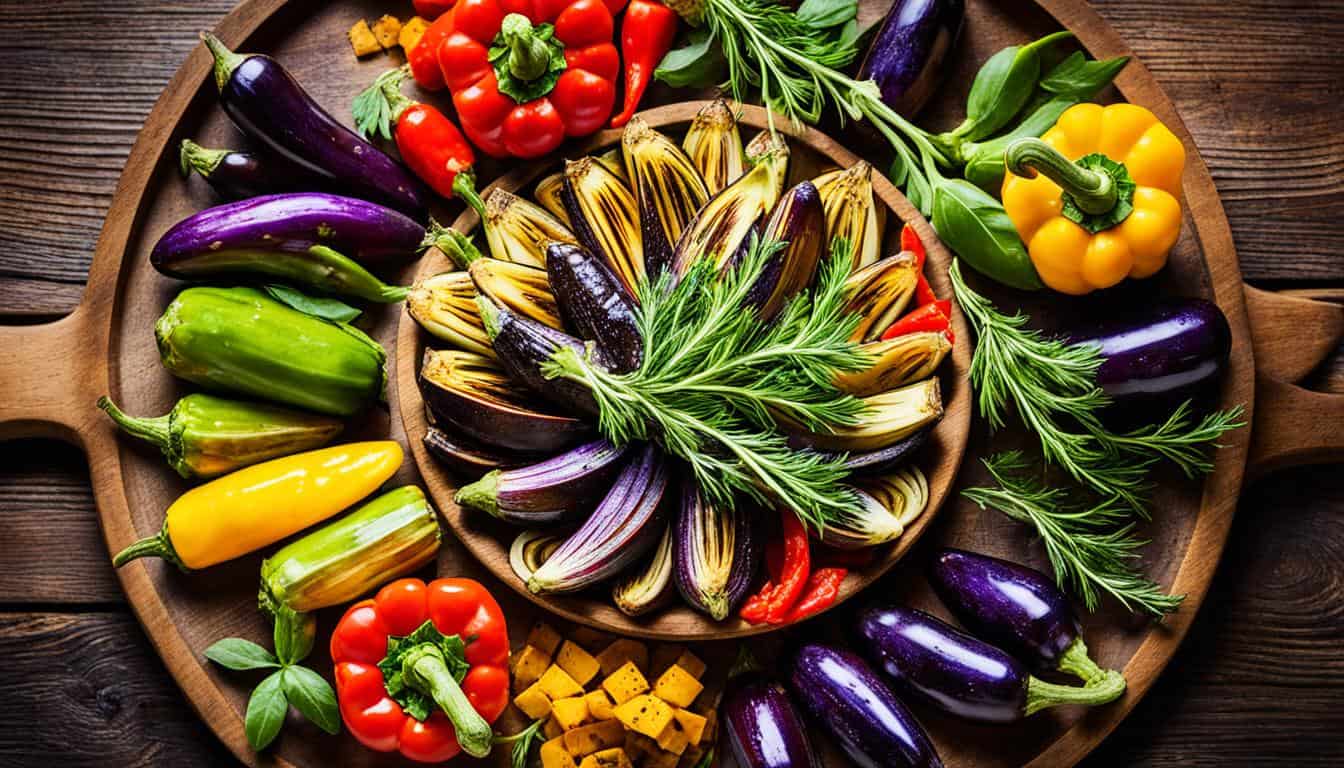
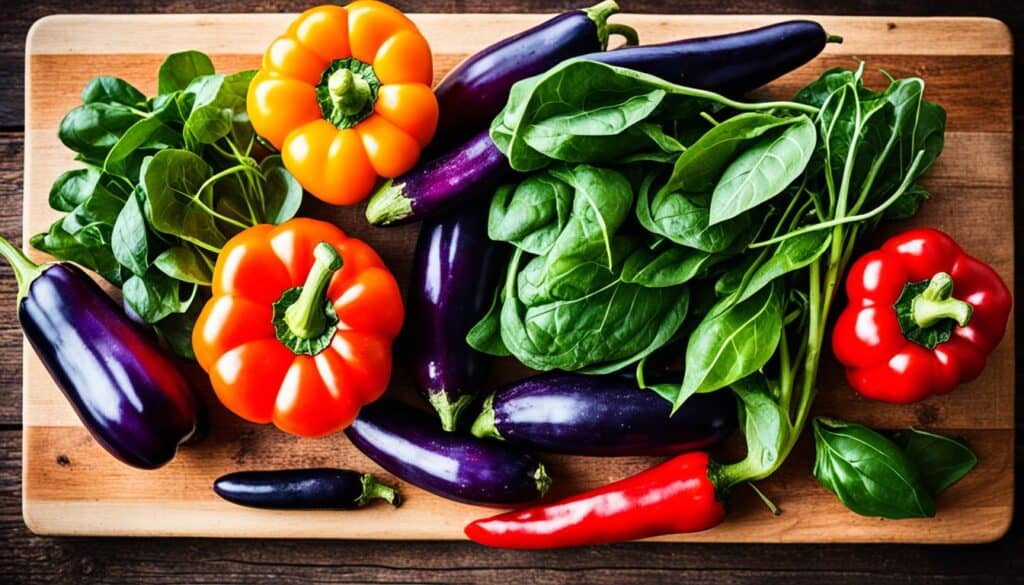
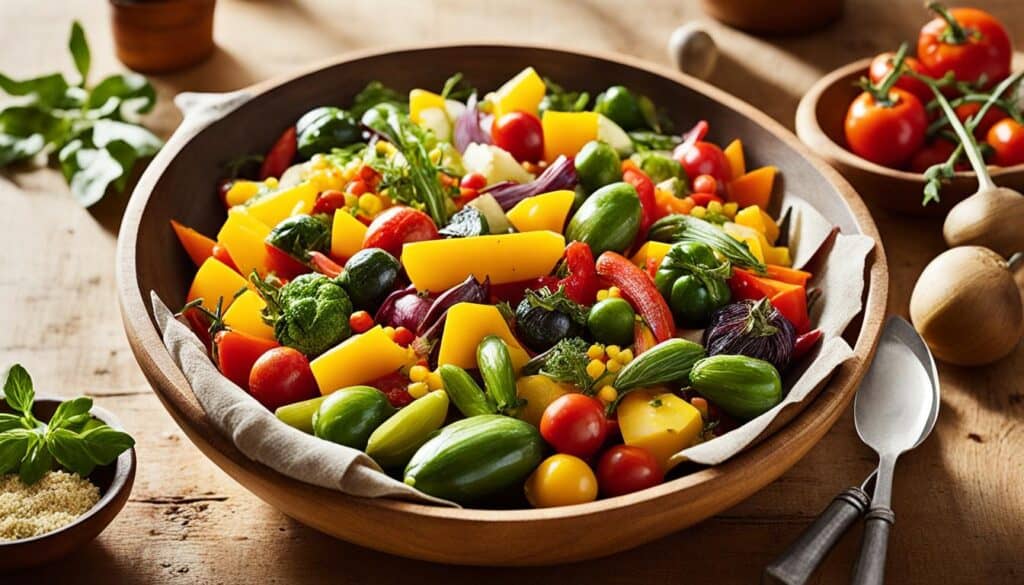
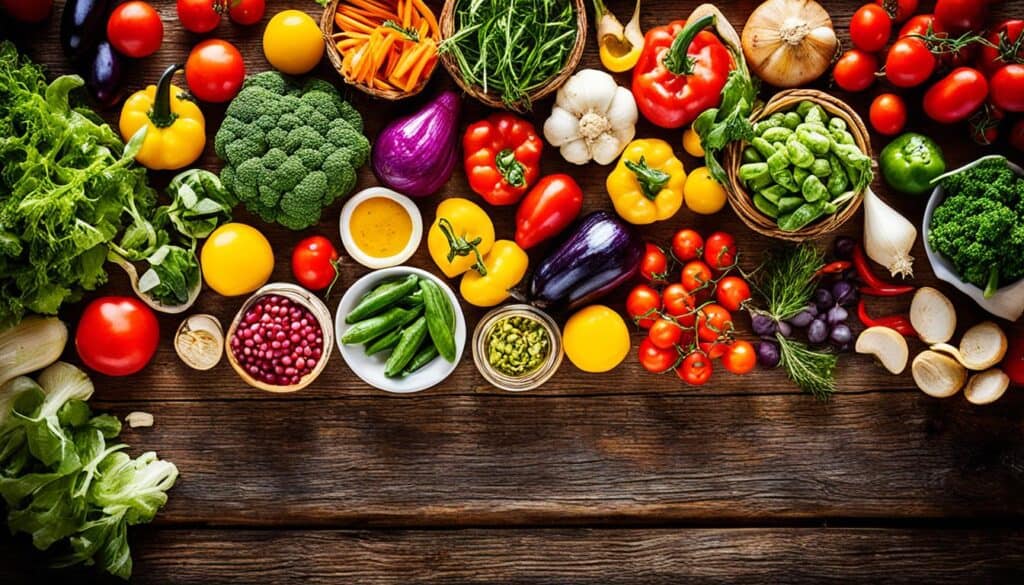
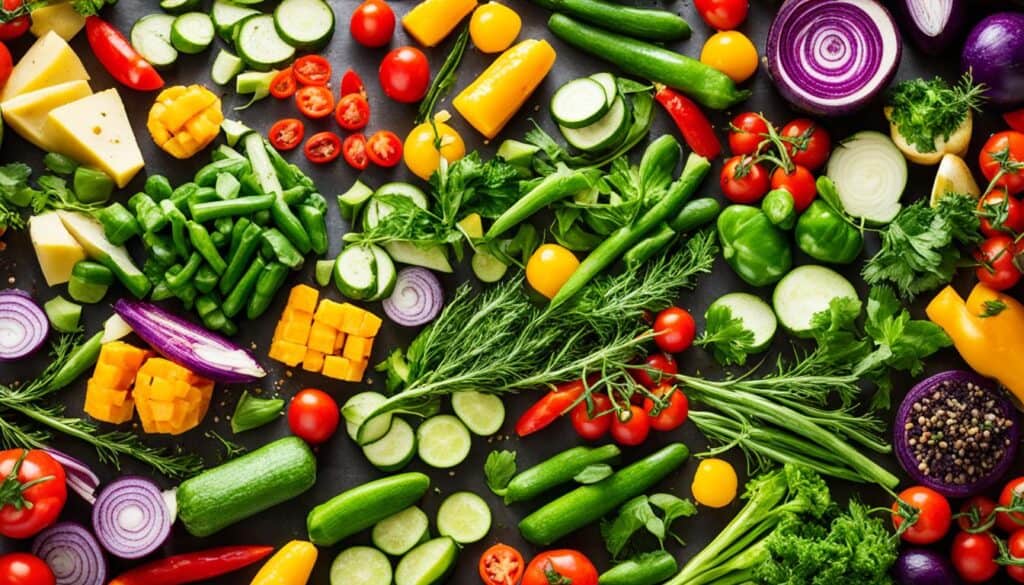
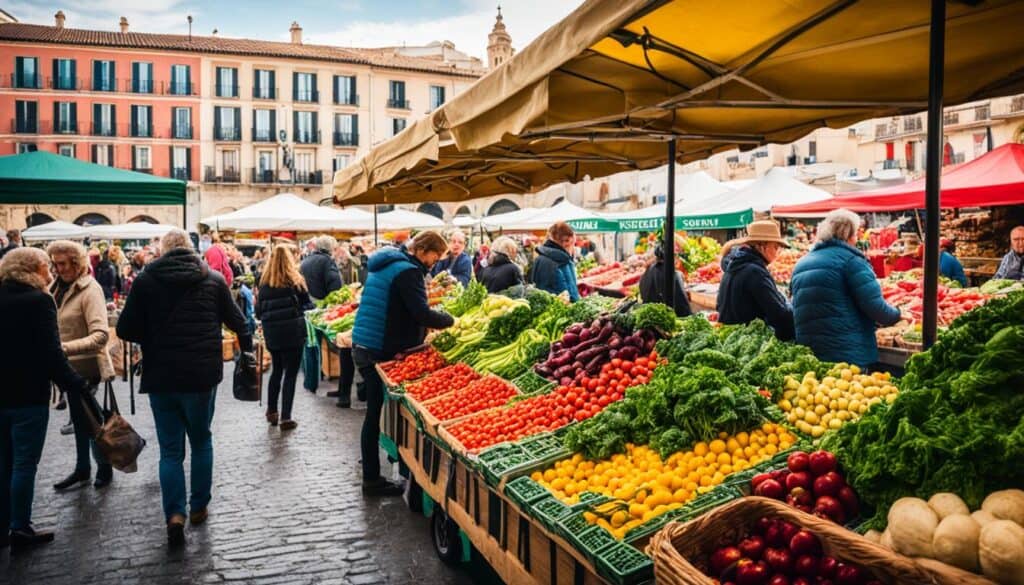

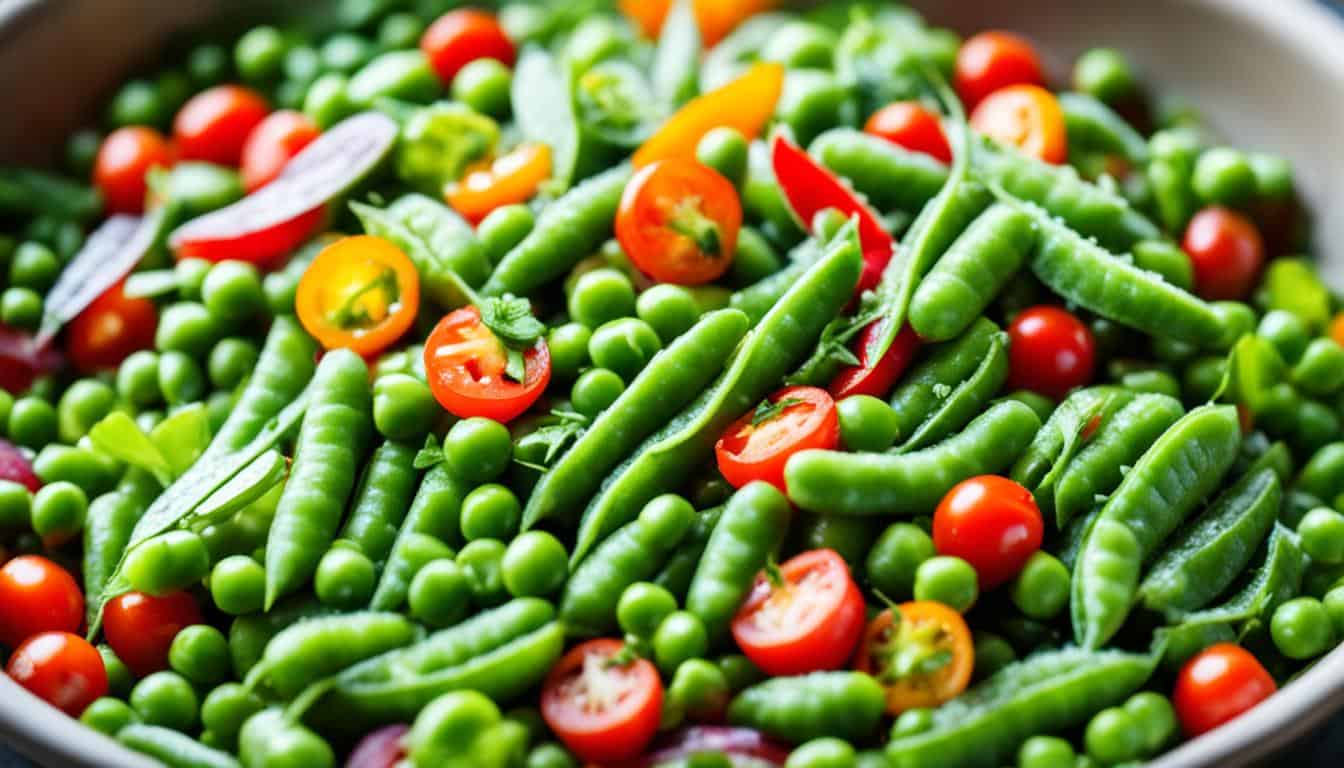
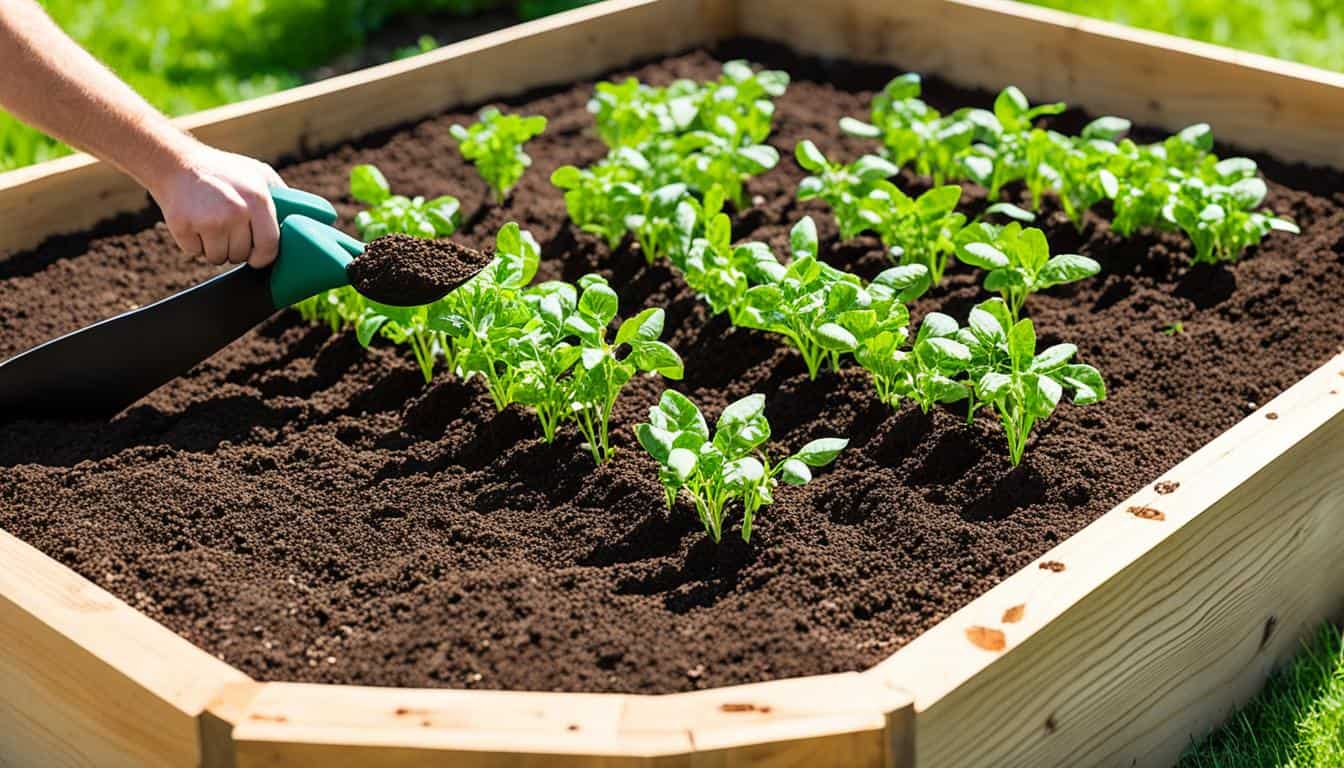
Leave a Reply